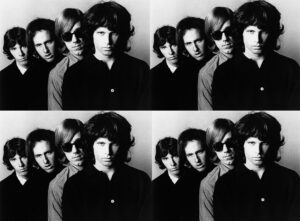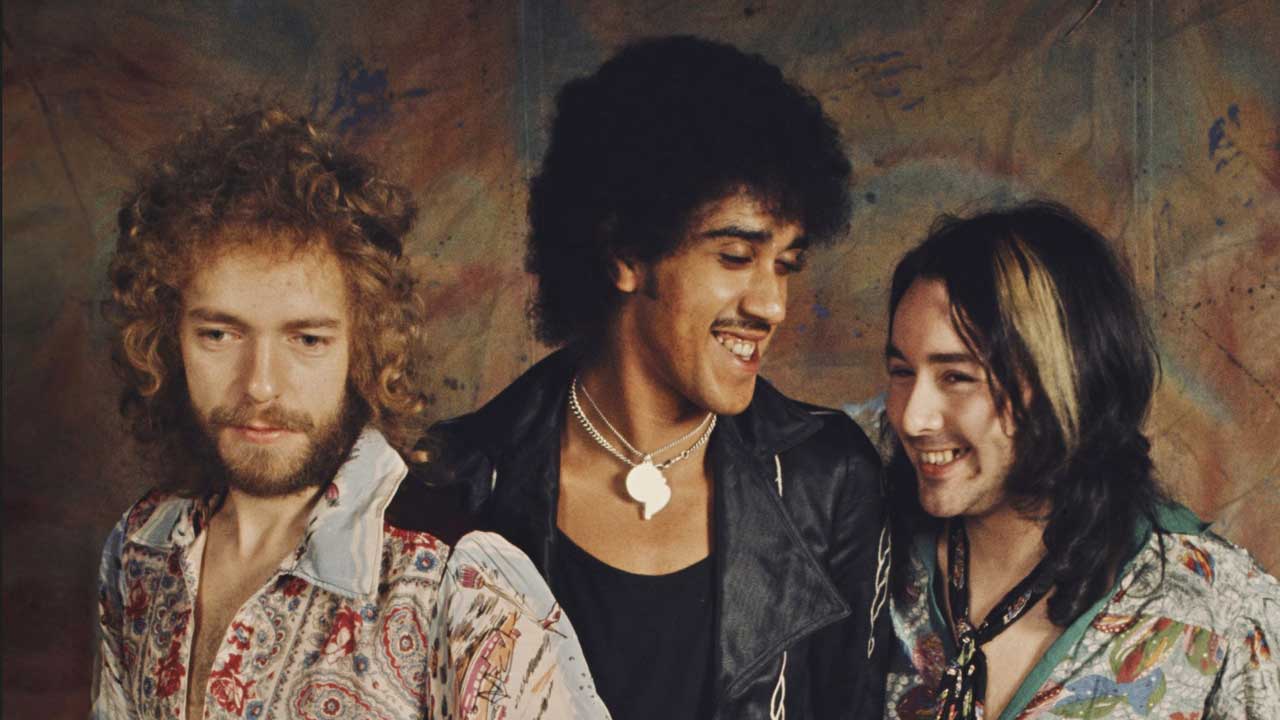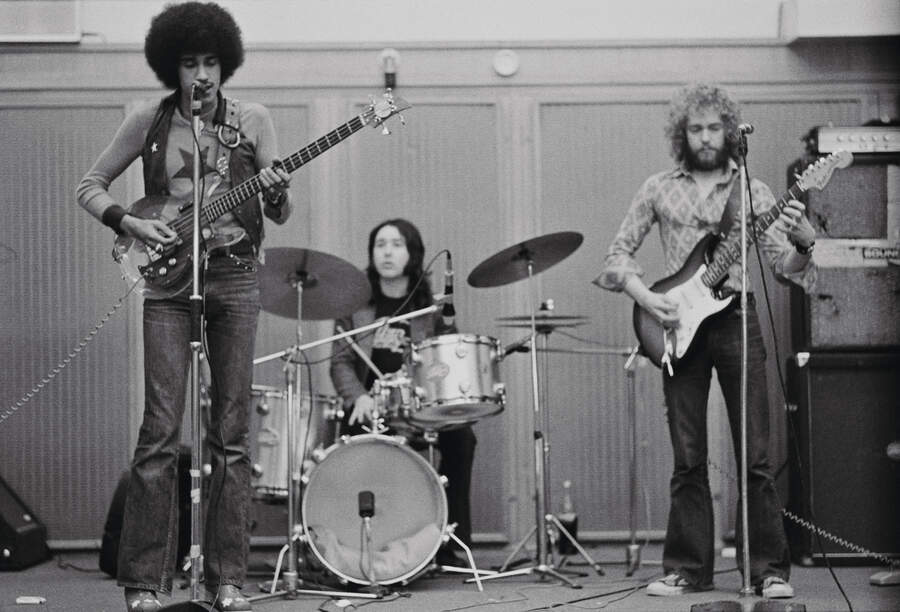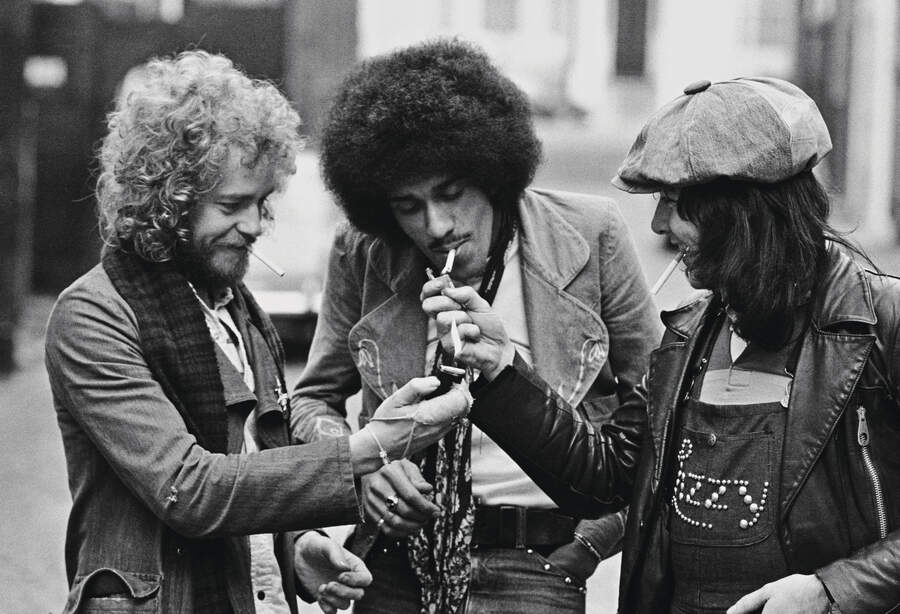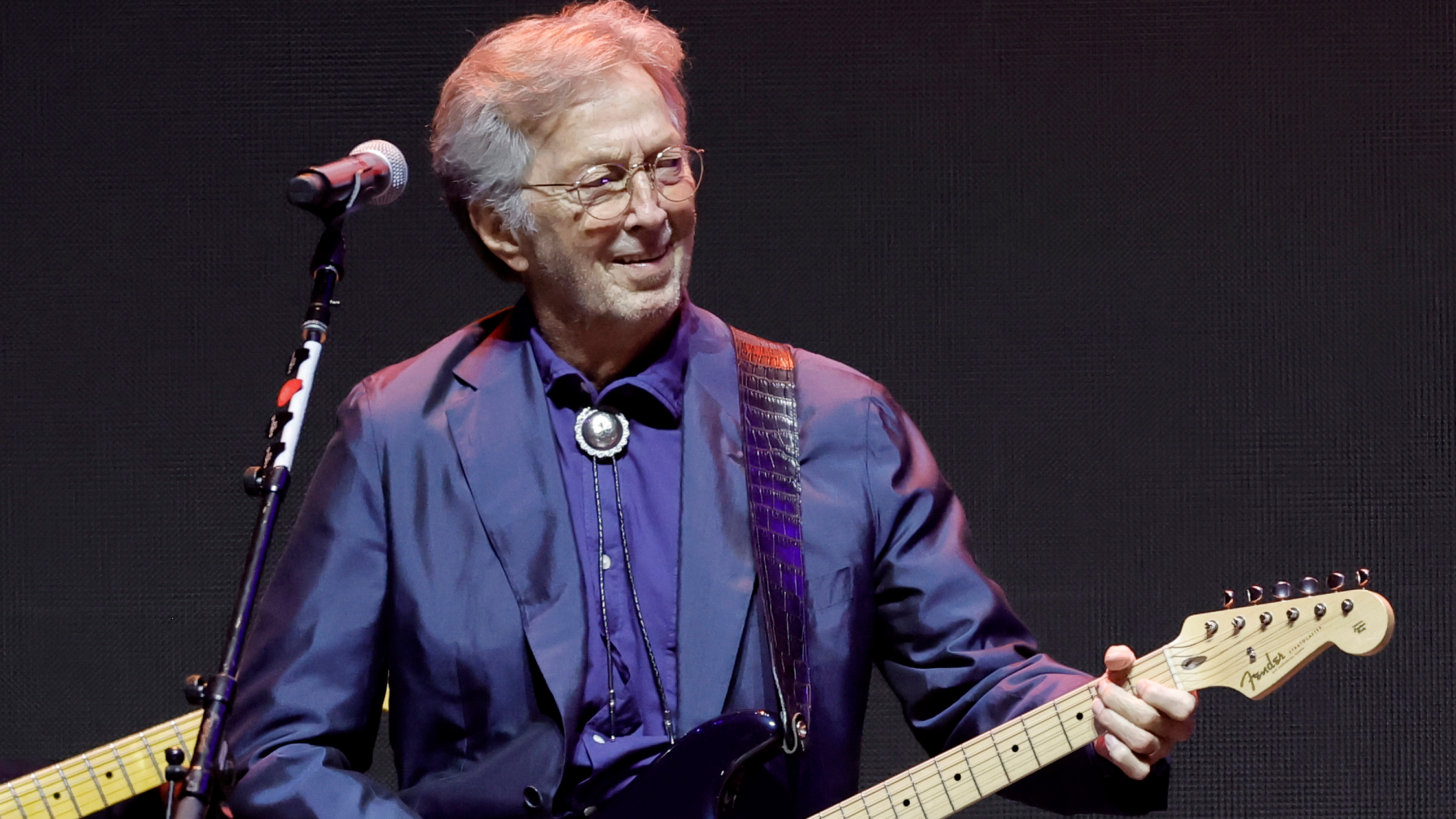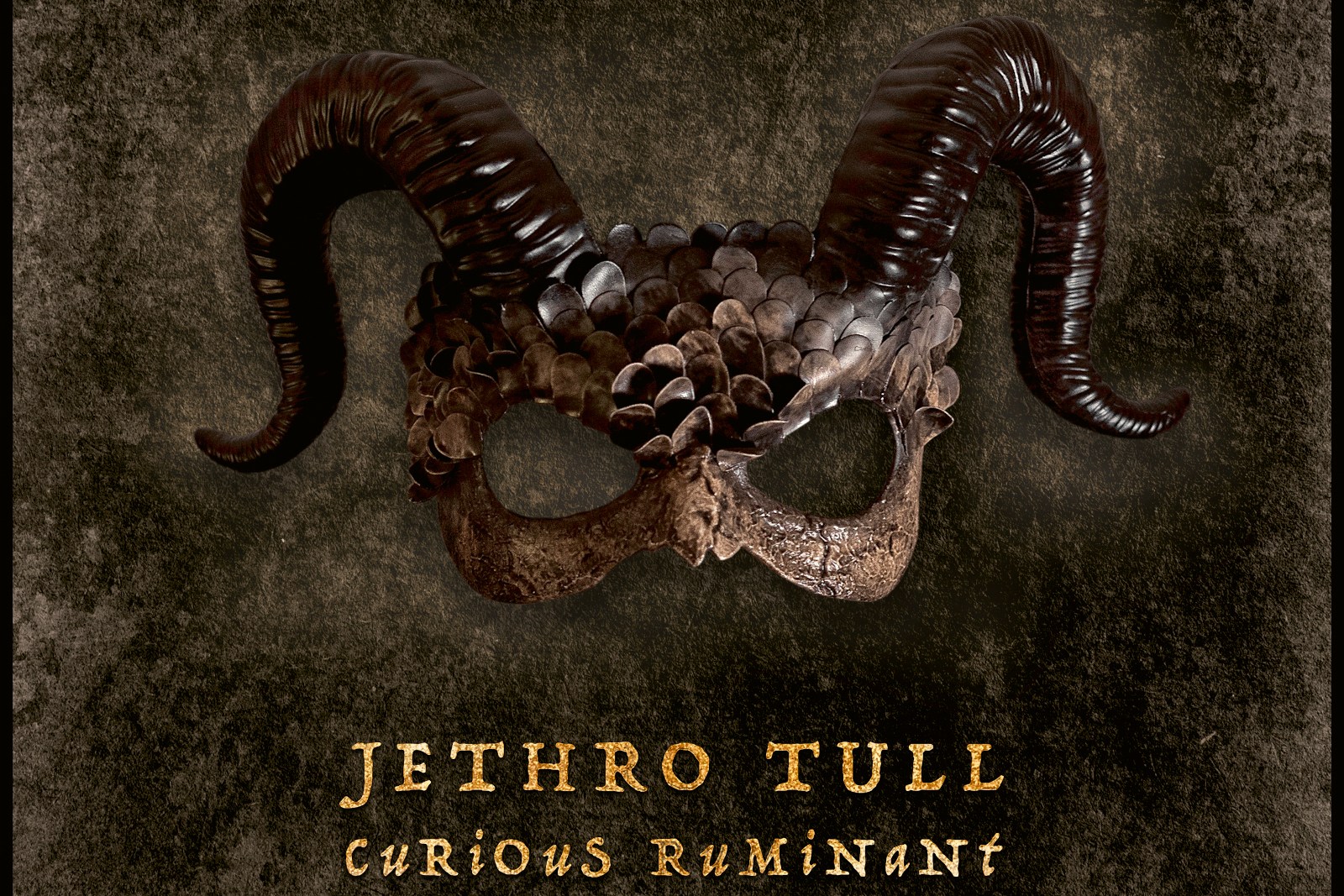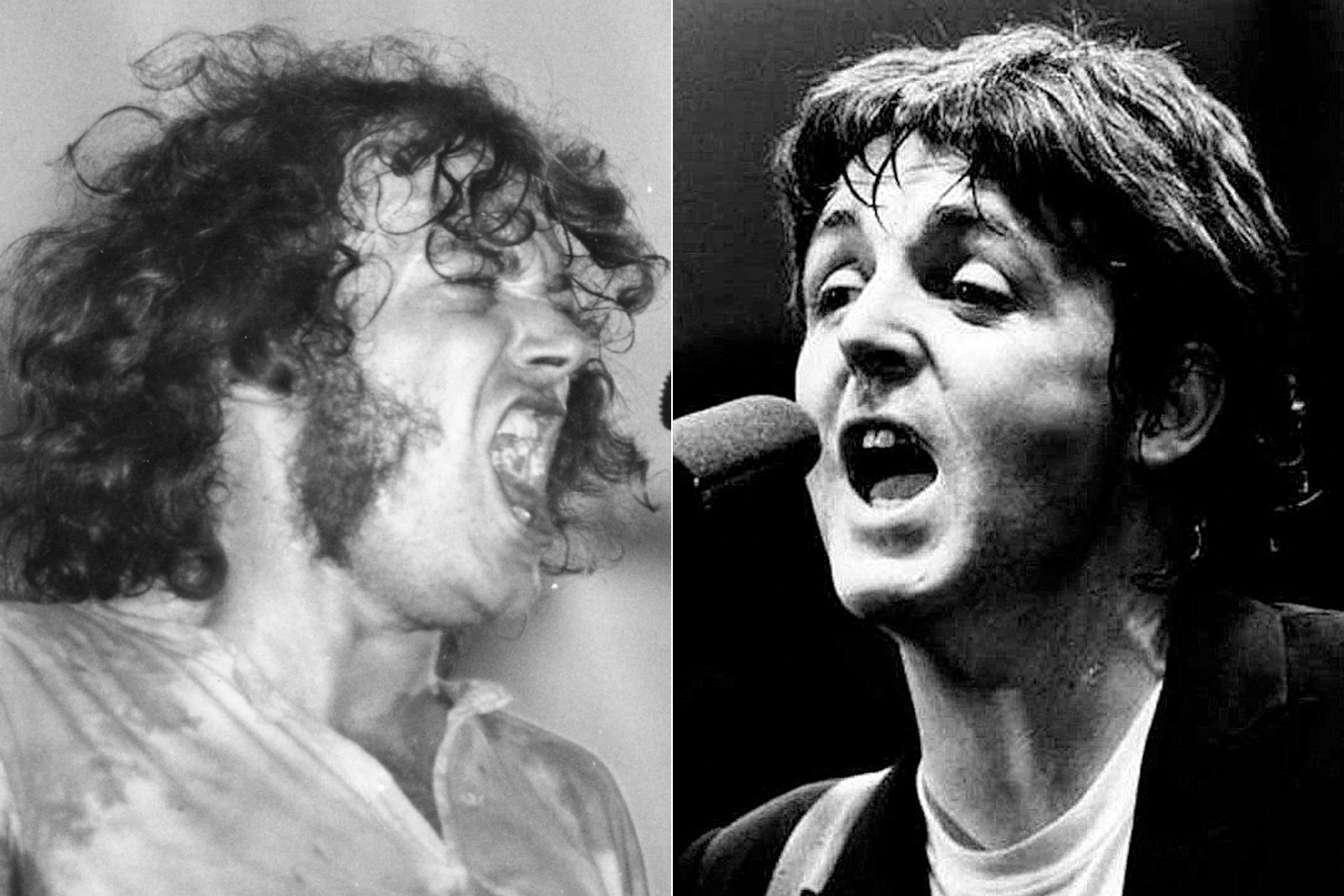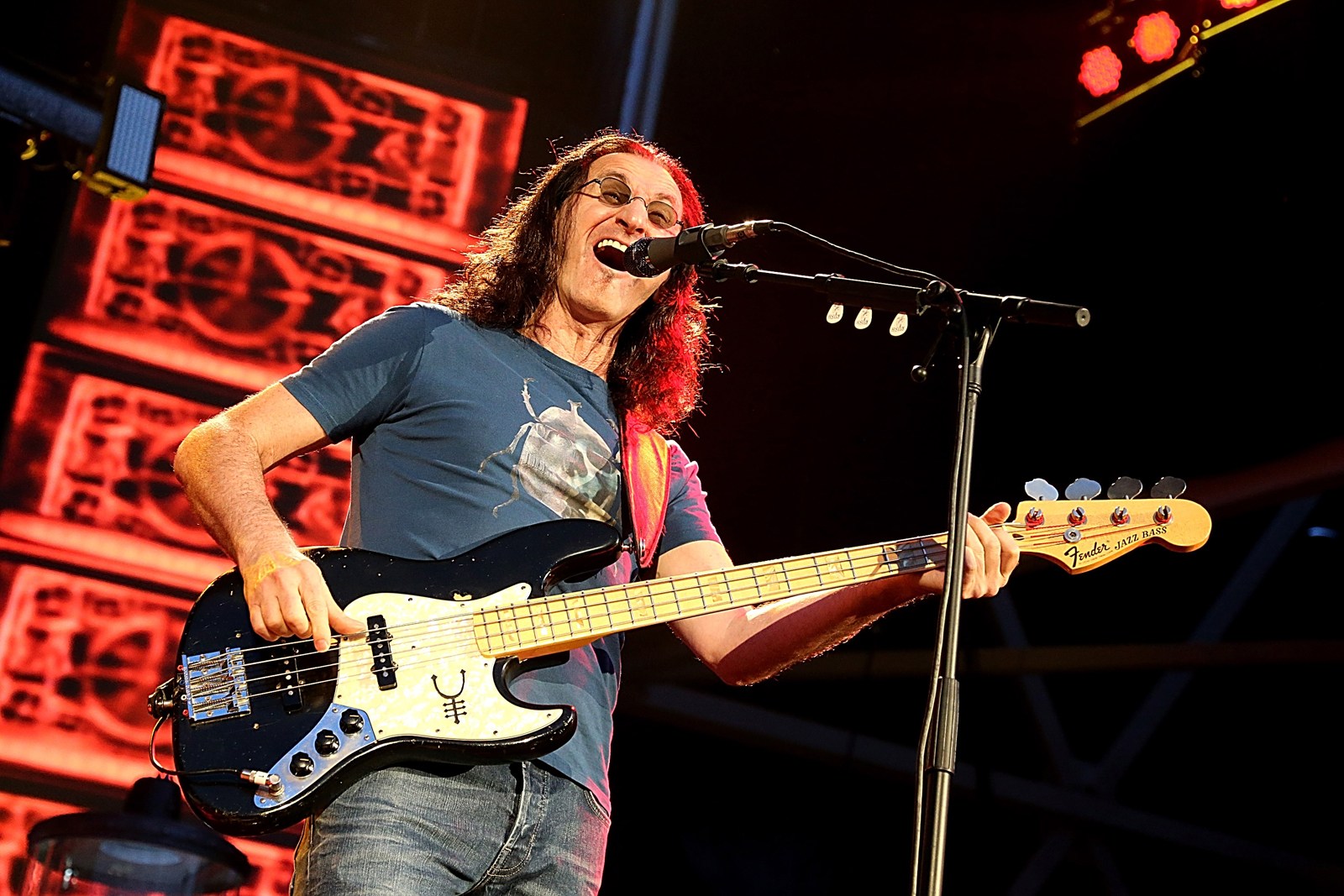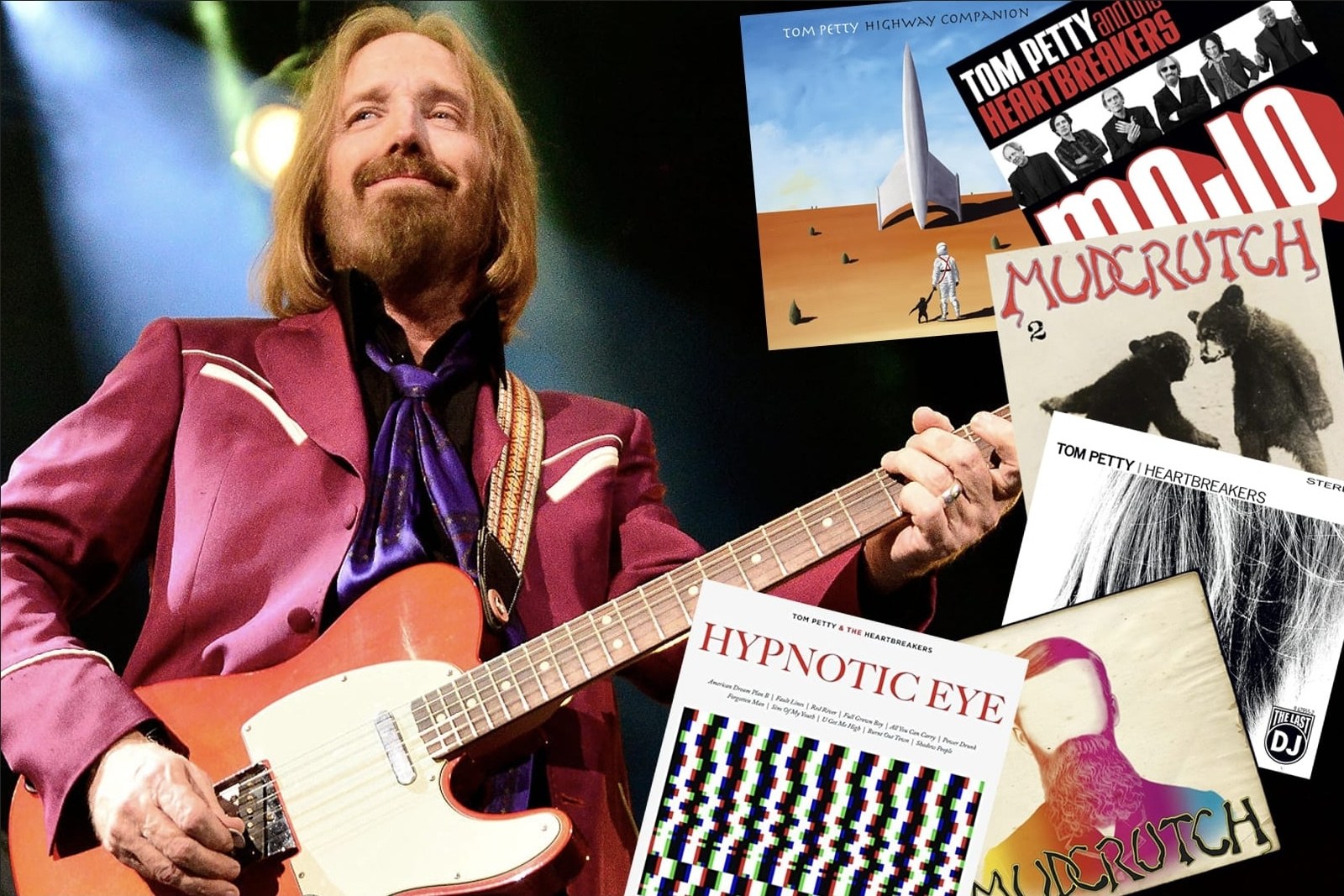Brian Kachejian 40 seconds ago

Feature Photo: Andre Luiz Moreira / Shutterstock.com
Chappell Roan found herself in a career-defining moment on Sunday night as she took the stage alongside Elton John at his annual Oscars viewing party, an event known for its blend of star power and philanthropy. The Midwest-born rising pop star joined the legendary singer for an unforgettable night of music, celebration, and advocacy at the Elton John AIDS Foundation’s Academy Awards fundraiser. As John juggled his hosting duties with his own Oscar nomination for Best Original Song, he also took the time to spotlight Roan, a fast-rising voice in pop music who has embraced her role as a beacon for self-expression and LGBTQ+ representation.
Roan delivered a vibrant performance that included her dancefloor-ready anthem “Hot To Go” before slowing things down with a heartfelt rendition of John’s classic “Your Song.” The highlight of the evening, however, came when she and John teamed up for an emotional duet of “Don’t Let the Sun Go Down on Me.” As their voices intertwined, the moment became more than just a performance—it was a symbolic passing of the torch from one generation of queer artistry to the next.
Before the night wrapped up, Roan made sure to show her appreciation, presenting John with a pink cowboy hat—an emblem of her signature flamboyant aesthetic. In a heartfelt tribute, she acknowledged his lifelong advocacy for LGBTQ+ rights and the impact he has had on artists like herself. “You have sacrificed so much for the queer community and you made it so I can be the artist I can be,” she told him, her words met with cheers from the audience.
The grand finale saw the duo dive into Roan’s breakout hit, “Pink Pony Club,” turning the venue into a scene of pure joy. John, sporting his newly gifted pink hat, joined in on the choruses and danced alongside Roan, creating a euphoric energy that resonated far beyond the event itself. Fans watching from social media were quick to point out the generational significance of the moment, with many commenting on how John, a trailblazer in LGBTQ+ visibility, seemed to revel in seeing Roan thrive in a world that he helped make more accepting.
John later took to Instagram to reflect on the night, sharing a clip of their duet and calling it “nothing short of magical.” He described the event as a night where West Hollywood Park was transformed into “our own Pink Pony Club—a space filled with love and community, where everyone can be unapologetically themselves.”
Beyond the star-studded spectacle, the night carried a deeper significance. The event raised more than $8.6 million for the Elton John AIDS Foundation, funding crucial HIV prevention, treatment, and mental health services. John’s husband and foundation chairman, David Furnish, emphasized the importance of the contributions, expressing gratitude to everyone who attended and donated. “Because of your generosity, we were able to celebrate with purpose, helping communities around the world access life-saving HIV prevention, treatment, and mental health support,” Furnish wrote in a statement.
The performances, especially Roan’s duet with John, quickly spread across social media, capturing the hearts of fans who recognized the weight of the moment. One TikTok commenter summed it up: “The way he’s watching her with so much pride—like yeah, dude, you helped pave the way for this. Can’t imagine how emotional he must feel.” Another echoed the sentiment on X, writing, “You just know as a queer elder, Elton John is so happy to see how far our community has come since he was her age. Seeing Chappell dominate music must make his heart so happy.”
For Roan, the night marked not only a milestone in her career but also a validation of the artistic and personal identity she has fiercely embraced. For John, it was another reminder of the legacy he has built—not just in music, but in creating space for artists like Roan to shine without fear. And for those who witnessed it, either in the crowd or through the glow of their screens, it was a moment of pure magic—one that will be remembered long after the Oscars have faded into history.
If you love Elton, we have plenty more……… Check out our fantastic and entertaining Elton John articles all on ClassicRockHistory.com
Top 10 Elton John Songs
Top 10 Most Underrated Elton John Songs
Top 10 Elton John Love Songs
A Look At Elton John’s Christmas Songs
Top 100 Elton John Songs
Top 10 Elton John Albums
Top 10 Elton John Album Covers
10 Best Non-Album Track Elton John B Sides
Top 10 Elton John Non-Album Singles
Elton John Discography and Retrospective
Why Elton John’s Captain Fantastic Album Was So Great
Why Elton John’s Honky Château Was A Turning Point
Elton John’s Beautiful “Cage The Songbird,” Featured Crosby & Nash
Elton John’s “White Lady White Powder,” Featured The Eagles (Classic Rock Gems Series)
Elton John’s Retirement Seems Genuine This Time
Why Elton John’s Looking Up is His Best Single in Years
Elton John’s mesmerizing performance of Tiny Dancer in 1971
Elton John Releases New Documentary On Lockdown Sessions
Elton John & Ed Sheeran Hit # 1 with ‘Merry Christmas’ Single
Why Elton John’s Don’t Shoot Me I’m Only the Piano Player Was One Of His Most Melodic LPs
Elton John’s Honky Château Album Gets Deluxe 50th Anniversary Reissue
Why There Were Many Overlooked Gems On Elton John’s Caribou LP
And let’s not forget Chappell Roan
Complete List Of Chappell Roan Songs From A to Z
Read More: Artists’ Interviews Directory At ClassicRockHistory.com
Read More: Classic Rock Bands List And Directory
Elton John And Chappell Roan’s Duet at Oscars Party Goes Viral article published on Classic RockHistory.com© 2025

About The Author
Brian Kachejian
Brian Kachejian was born in Manhattan and raised in the Bronx. He is the founder and Editor in Chief of ClassicRockHistory.com. He has spent thirty years in the music business often working with many of the people who have appeared on this site. Brian Kachejian also holds B.A. and M.A. degrees from Stony Brook University along with New York State Public School Education Certifications in Music and Social Studies. Brian Kachejian is also an active member of the New York Press.

